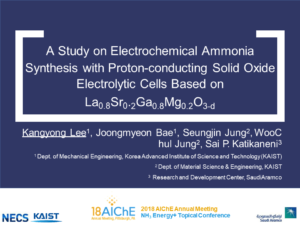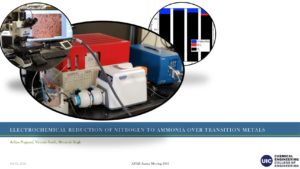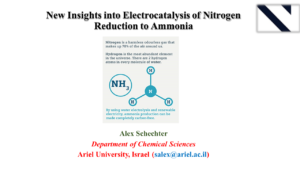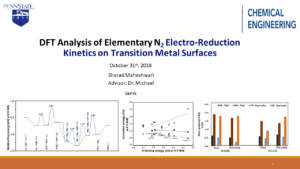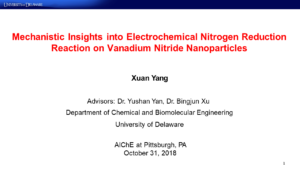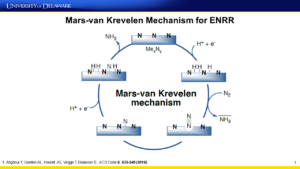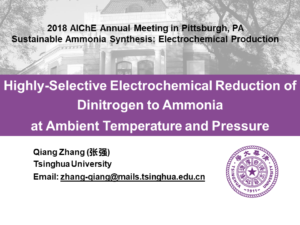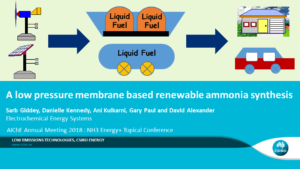Presentation
A Study on Electrochemical Ammonia Synthesis with Proton-Conducting Solid Oxide Electrolytic Cells
Ammonia has become one of the most important chemicals with its versatility since the Haber-Bosch process was invented. Recently, ammonia has been getting interests because of its possibility as a hydrogen carrier. Since ammonia has high energy density and carbon-free characteristics, using ammonia as a fuel of solid oxide fuel cells is advantageous. However, the Haber-Bosch process spends much electricity because of the high pressure condition, and the process consumes more than 1% of energy consumption worldwide. Therefore, the development of a new method for the ammonia production is necessary. In this study, solid oxide based electrolytic cells were fabricated…
